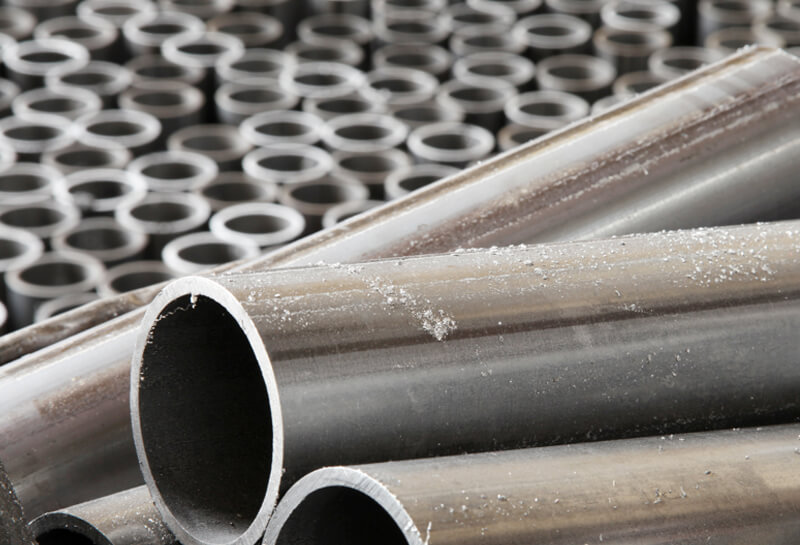Martensitic stainless steel is a good choice for a variety of applications because of its durability, strength, and corrosion resistance. The composition and properties of martensitic steel give it advantages over other types of steel in various industrial functions.
Due to its chemical composition, heat and aging treatments can lead to martensitic steel being hardened and strengthened. These treatments make martensitic steel an ideal option when manufacturing mechanical valves and instruments, turbine parts, medical instruments, and other applications and products.







